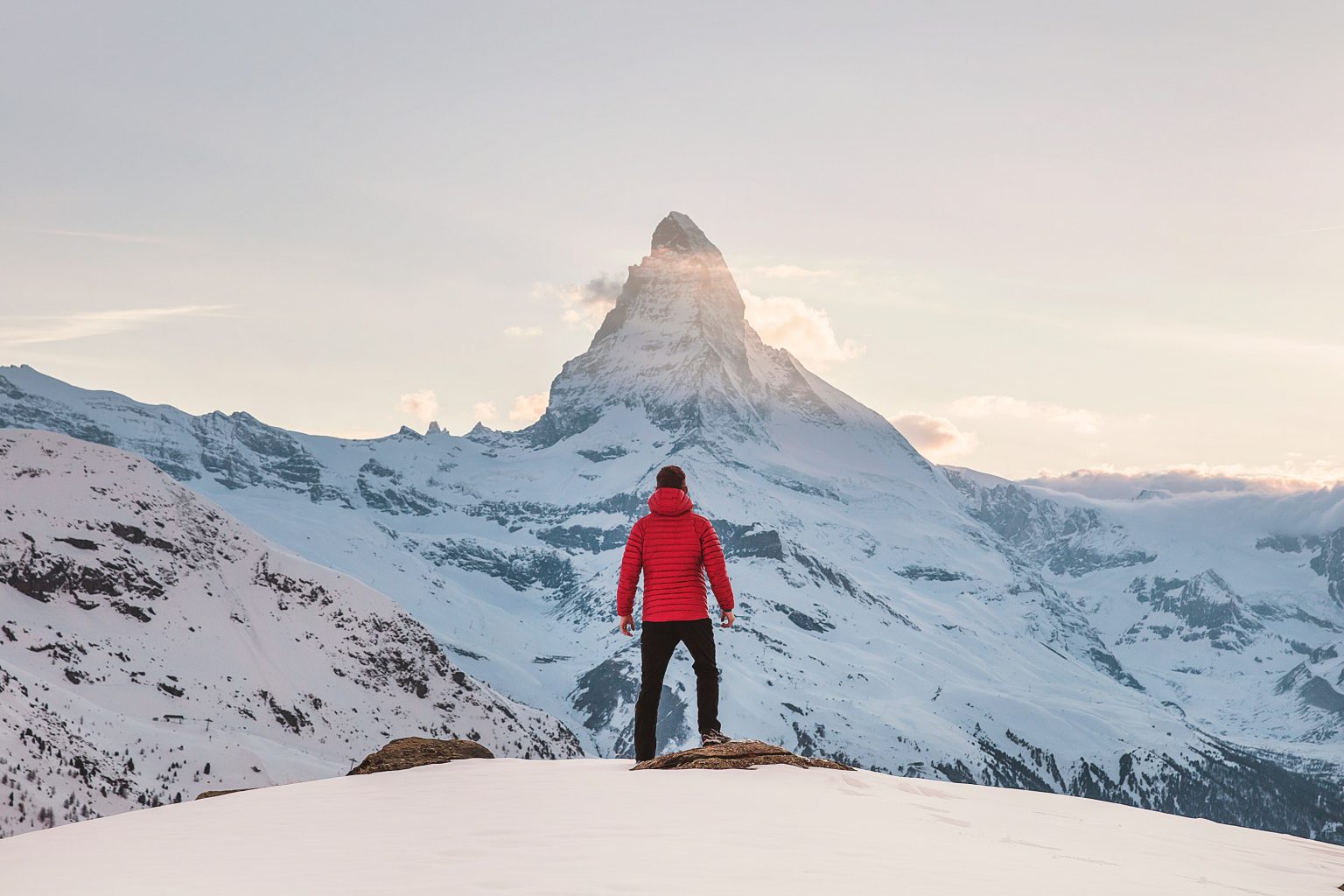
Trek Prep: What to do while you’re counting down!
Photo from Unsplash
Originally Posted On: https://www.trenozatreks.com/blog/trek-prep-what-to-do-while-youre-counting-down/
Now I’m in It
We know how you feel. You’ve booked your summer trek and you’re counting down the days until your trip starts. But, what can you be doing in the meantime to prep yourself for your summertime hiking adventures?
Even when the trails are inaccessible, there’s plenty of conditioning you can do during the off season. There are also some very specific considerations for multi-day trekking that you should incorporate into your exercise routine. (Of course, before you engage in any new fitness activity, please consult with your doctor to make sure it’s right for you.)
Here are some tips for focusing your winter training for summer multi-day hikes. This will be the first in a series of posts discussing training, so get ready!
Such Great Heights
One question we always get from our hikers: do I need to train for elevation? None of the vacations offered at Trenoza Treks require high altitude training. However, our days average at a 3,000ft (1,000m) elevation gain/loss. That means you need to get accustomed to working the muscles activated during ascents and descents: quadriceps, hamstrings, calves, glutes, abs, and hip muscles.
So, how can you mimic this activity when you can’t get on the trails? One option is stair training. If you’ve got access to a stair machine or elliptical at the gym, these machines will target the hiking muscle groups.
No gym membership? Or, maybe you just don’t like those machines? (I mean heck, I think they’re tedious as anything.) Try some outdoor stair training options. This video gives you some great ideas on how to start stair training outdoors for hiking.

Photo by Christopher Burns on Unsplash
Which brings us to our next common question: do I need to train with a pack?
This Overload
I remember being in the gym and seeing this guy on the stair stepper with a backpack full of dumbbells. When I asked what he was training for, he said he was doing some massive, multi-week, backpacking trip through France and Spain. He’d have all of his gear – clothing, camping equipment, and food – on him 24/7.
Huh. Well, that’s not how we roll at Trenoza Treks! On most days, you’ll have full access to your luggage. On days when we overnight at refuges, you’ll need to carry a change of clothes. In general though, your day pack will include:
- 2 liters of water
- Extra layers of clothing and related accessories (e.g. hats, gloves)
- Your share of the picnic lunch for the day, plus your personal snacks
- Light toiletries (e.g. sunblock)
For most people, this works out to 10-15 pounds of weight. And the great news is, you can use your backpack in a very reasonable way to strength train for just what you’ll need! This article provides instruction on incorporating your pack into an at-home workout routine. Just please, please, PLEASE, do not start off with the pack filled with 15 pounds of weights! Learn the moves first with zero/light weight, and gradually increase the weight over time.
And yes, when you’re able to hit the hills again, hike with your pack at weight. This will get your arms/shoulders/back/core adjusted to the changes in balance and strength you’ll need for your hiking days.
 Photo by Suhyeon Choi on Unsplash
Photo by Suhyeon Choi on Unsplash
I Would Walk 500 Miles
At the risk of stating the obvious, walking is a great way to train for hiking. And you can practice it every day! Do you walk to work? Walk in your boots. Walking some local “easy” trails. Yeah, still walk in your boots. Walking from the store parking lot to the shops? Get your boots on!
We walk on average 8-12 miles (10-16 kilometers) each day on our treks. So, you need to train your feet, people.
Pointers on getting the piggies (and the rest of your body) ready:
- Train IN YOUR BOOTS. Not your sneakers. Your boots. Your body needs to acclimate to the boot weight. Your feet need to figure out their sock game (a discussion unto itself). If your boots aren’t right for you, better to find out now!
- Wear your boots back-to-back days. It’s one thing to do a hike on a Saturday, then abandon your books until the next weekend. Your feet need to be in the boots for back-to-back training sessions. This will also help you figure out if you need new/different boots before the trip starts.
- Go the distance. Even if the weather prevents you from hiking in the mountains for a while, try to walk 8 miles (10 km) on days you can get out. Your body needs to know it can walk for hours on end.

Photo by Emma Van Sant on Unsplash
Not for nothing, our biggest injury on the trails is blisters. Remember, you have all day to finish a hike, but this means your feet are in boots for hours on end. Hiking endurance is not just about strength or cardio fitness, it’s about common-sense preparation. Make your feet a focus of your winter fitness regimen.
The Way
Thanks for reading this primer winter trip fitness prep. Stay tuned for future posts targeting strength, cardio, and flexibility training. See you in the mountains!
